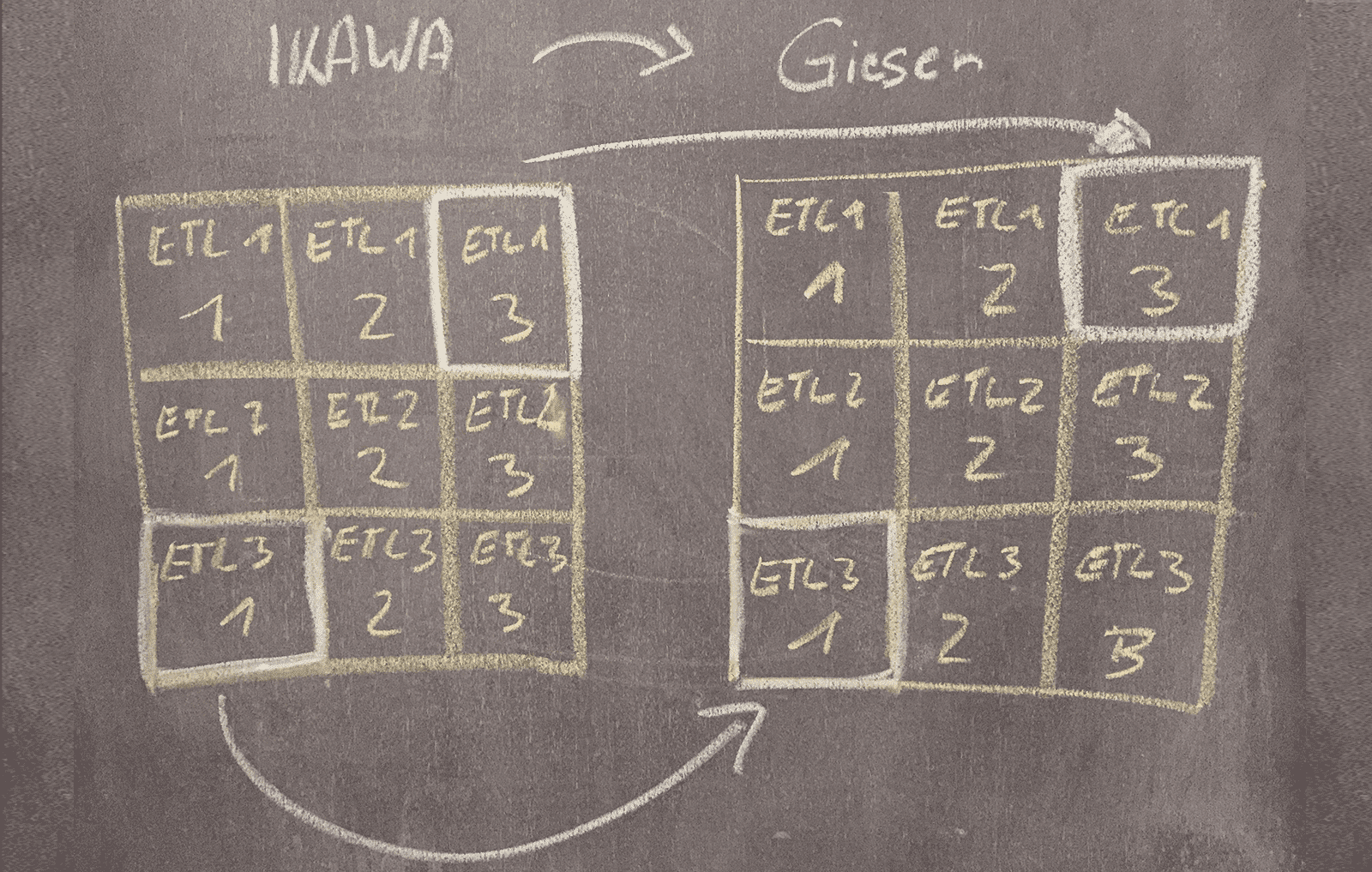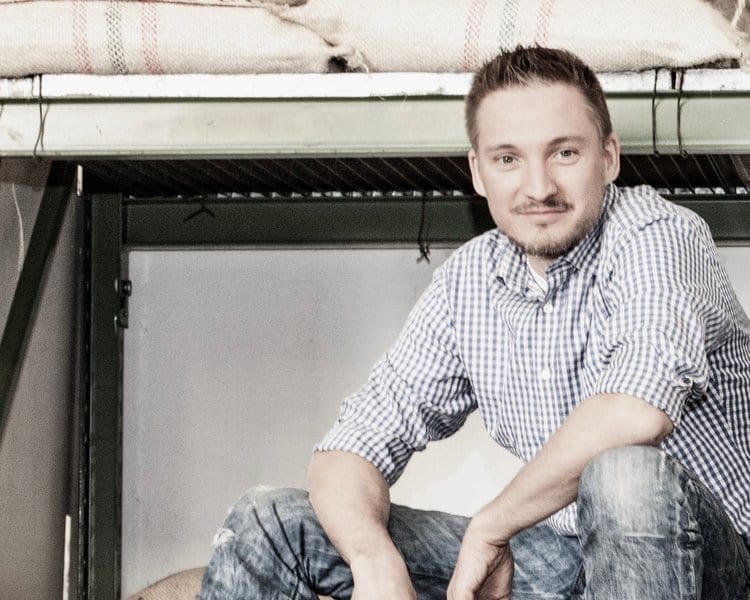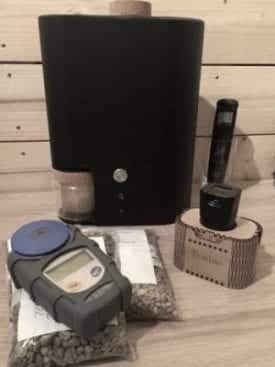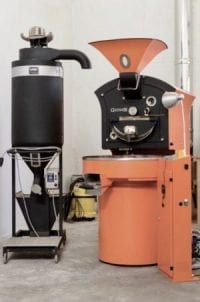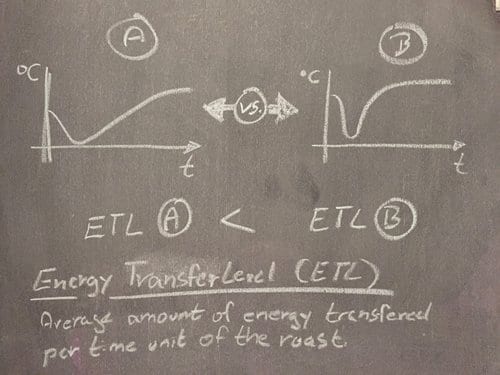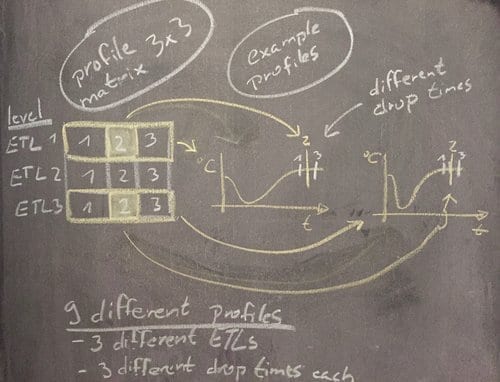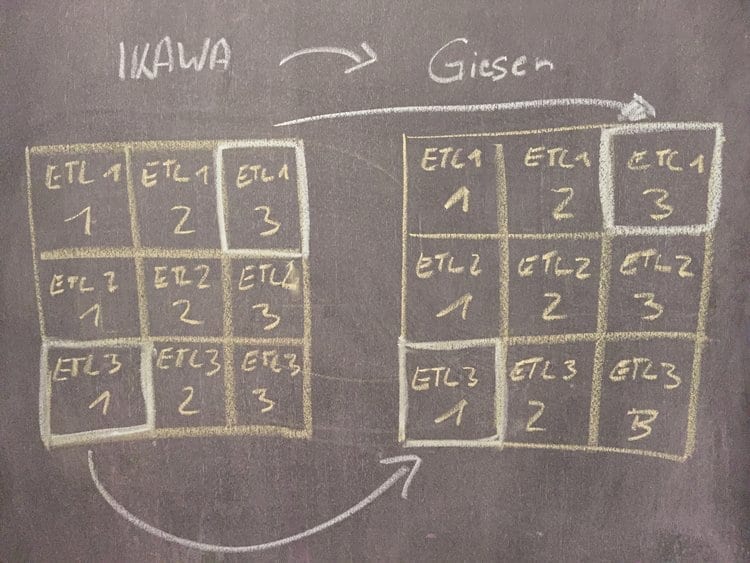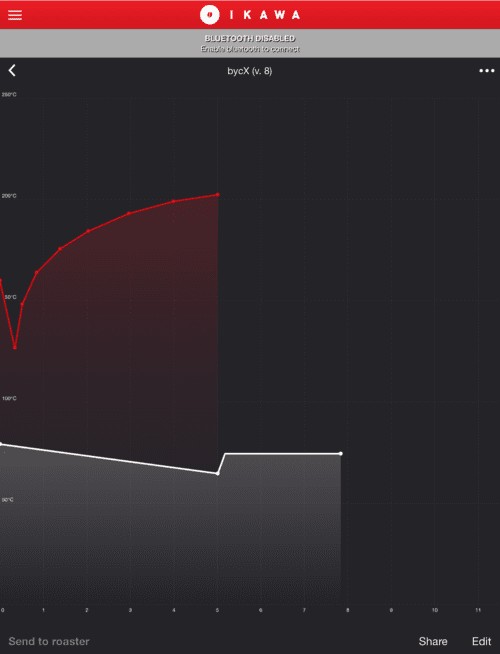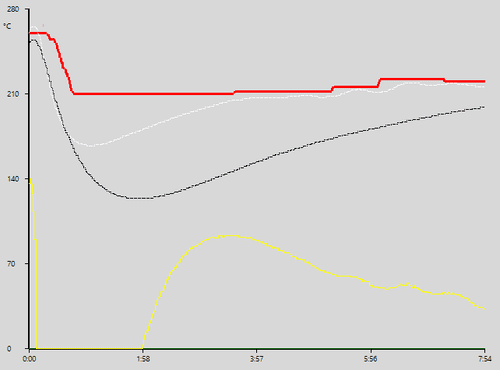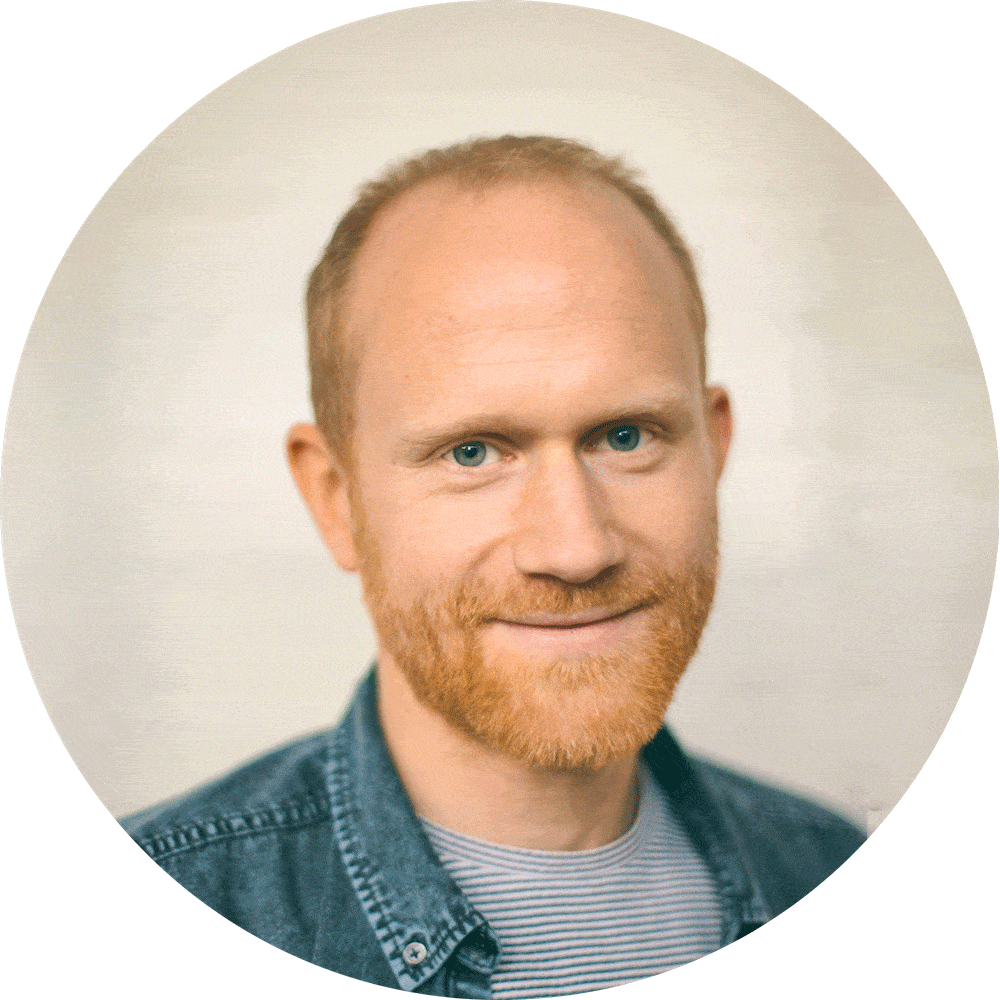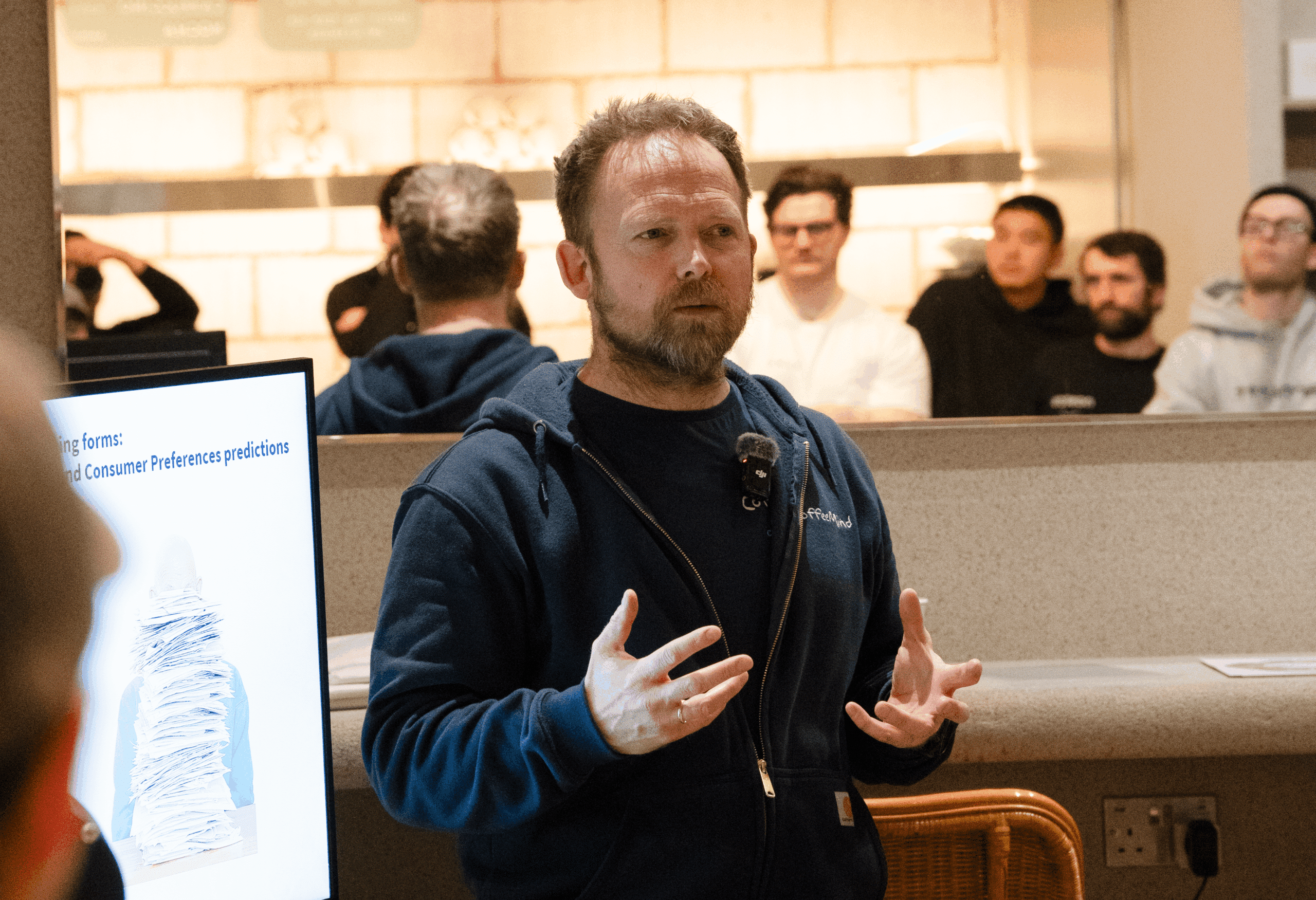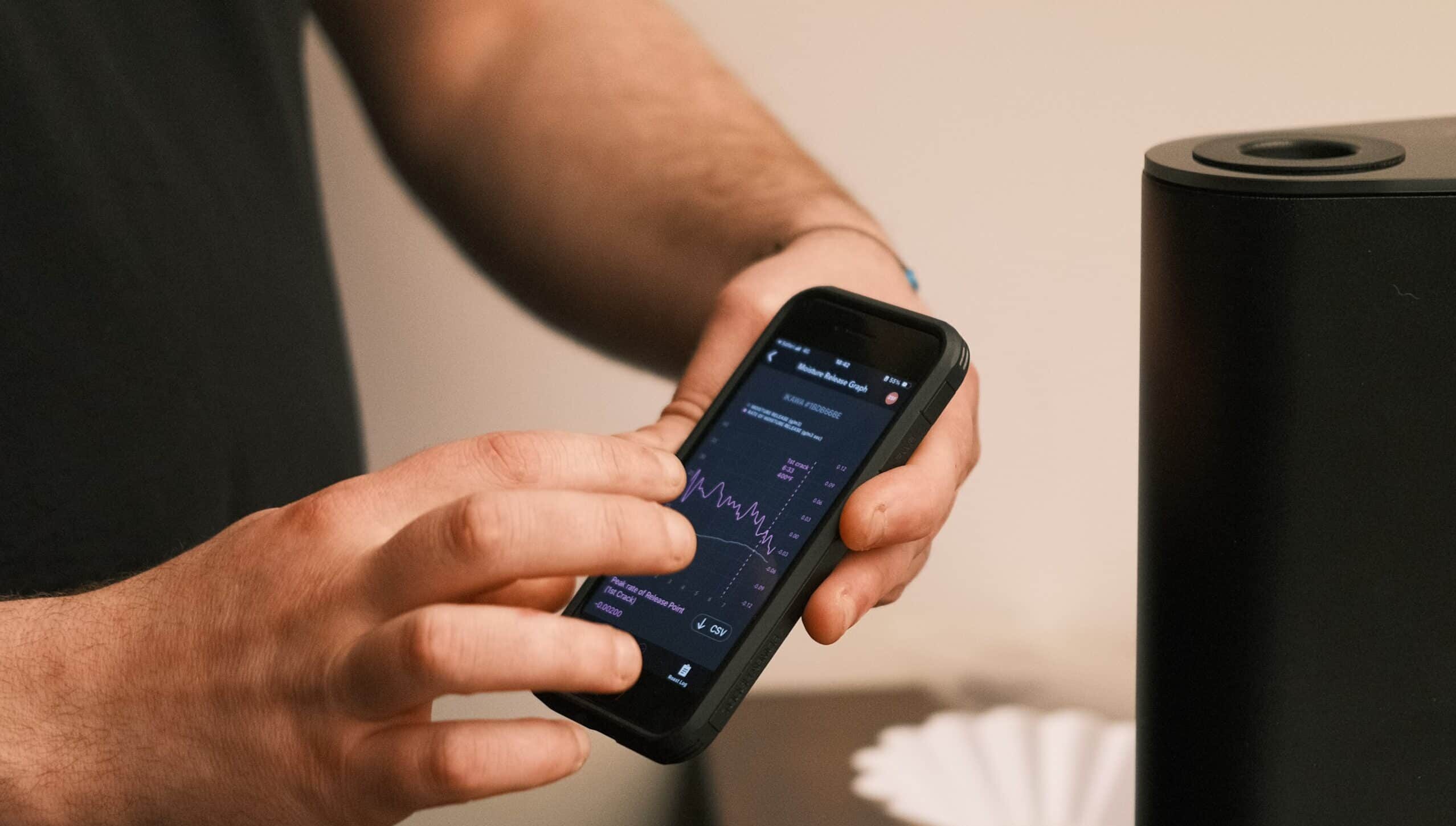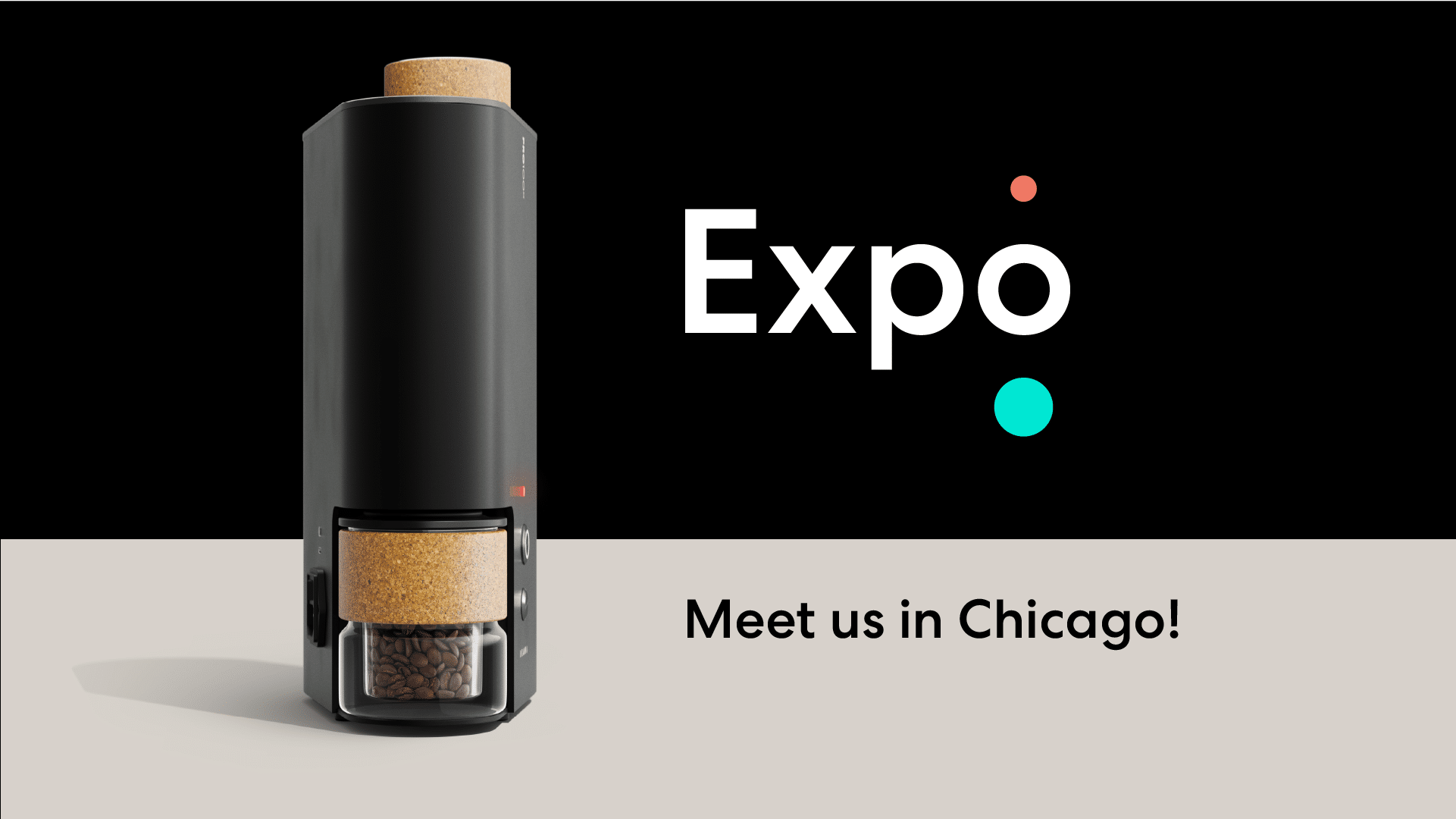We love to hear back from customers about how they use the IKAWA to help improve the quality of their coffee offering, from origin, to traders and roasters. This post delves into some of the theory that Wolfram Sorg from Backyard Coffee Roasters applies when designing his roast curves.
Wolfram is the owner of Backyard Coffee Roasters based in Frankfurt, Germany. There, he roasts speciality coffee on his orange Giesen and uses the IKAWA Sample Roaster for small batch roasting.
He’s a former German Barista Champion, an SCAE Authorised Trainer, and it’s fair to say he applies a scientific approach to getting the best from his coffee. He’s been kind enough to share some of his research and principles to address a question we get asked a lot: “Can you translate a sample roast profile to your production roast?”

